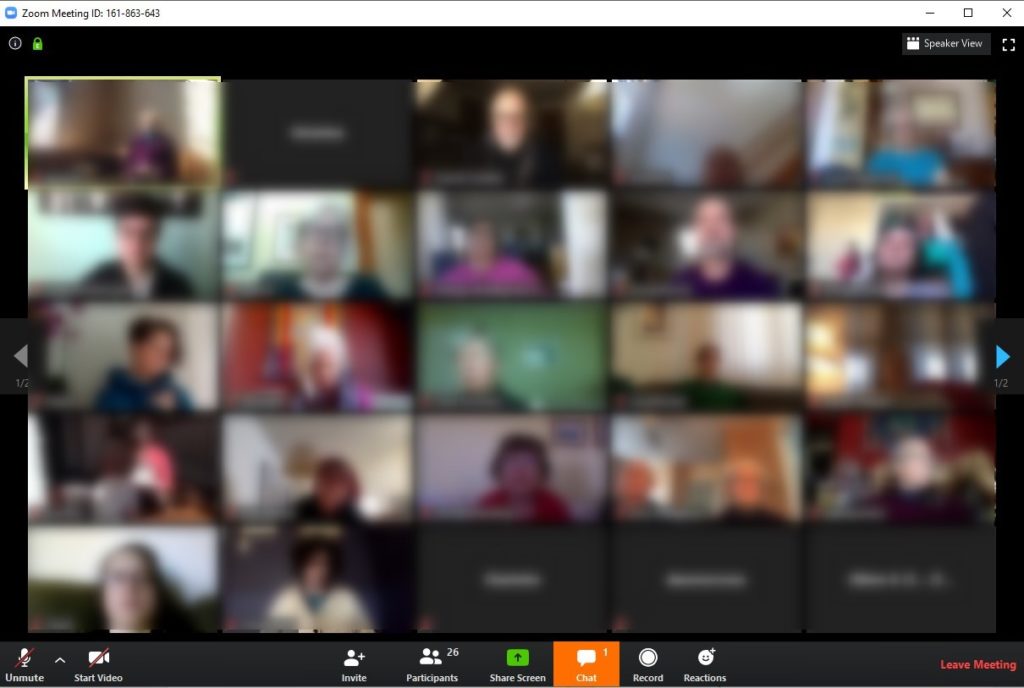
The virtual office skeptic says, “we can’t go fully remote, because the serendipity of personal connection is too important.” The theory goes that watercooler conversations and elevator encounters add up to an emotional bond. Add to that the happy coincidence of overhearing a conversation where you have something to add or seeing something on a colleague’s screen, and the case is made for bringing people back to a building.
Of course, what it overlooks is that in any building with more than 200 square feet of space, you’re only bumping into a tiny fraction of the people who work there. If they’re on another floor, or across the street, they might as well be in another country for all the serendipity that happens.
I recently talked with a CEO who was incensed by the stories (hyped by the media) of people who had finagled their way to two full-time jobs while working remotely. Apparently, if you spend a lot of time managing your calendar, faking your zoom calls and living in fear, you can get away with it for a while. Perhaps one in a thousand workers pulls this off. Better to worry about embezzlers, I think, because if someone is focused enough to pull off the two-job trick, they’re probably aware that all of this energy is better spent in other ways. But I digress…
The real challenge of remote work isn’t that it somehow erases the mysterious serendipity of magical office collisions. The problem is that making connections digitally requires enrollment and effort. If we do it with intent, it actually works better.
We can collaborate in real-time on shared documents with people we’d never be able to meet face to face.
We can have a six-minute impromptu brainstorming session and have it transcribed to a shared doc–anytime we have the guts to invite the right people to the right platform and say ‘go’.
We can share a screen when we get stuck, and we can share it not with the closest person, but with the best person.
And yes, we can deliberately take five minutes off to have a one on one conversation with someone at work about nothing in particular.
The real magic of connections at the office was that we were having these connections without trying. It’s not that they were better, it’s that they were effortless.
But they didn’t work for everyone in the same way. They often reinforced status roles and privilege. They were unevenly distributed and didn’t usually appear when we needed them. All of which added up to a new layer of stress for many people.
No, we’re not sharing donuts. But if we put in the effort, we can share more than that.
Seth Godin